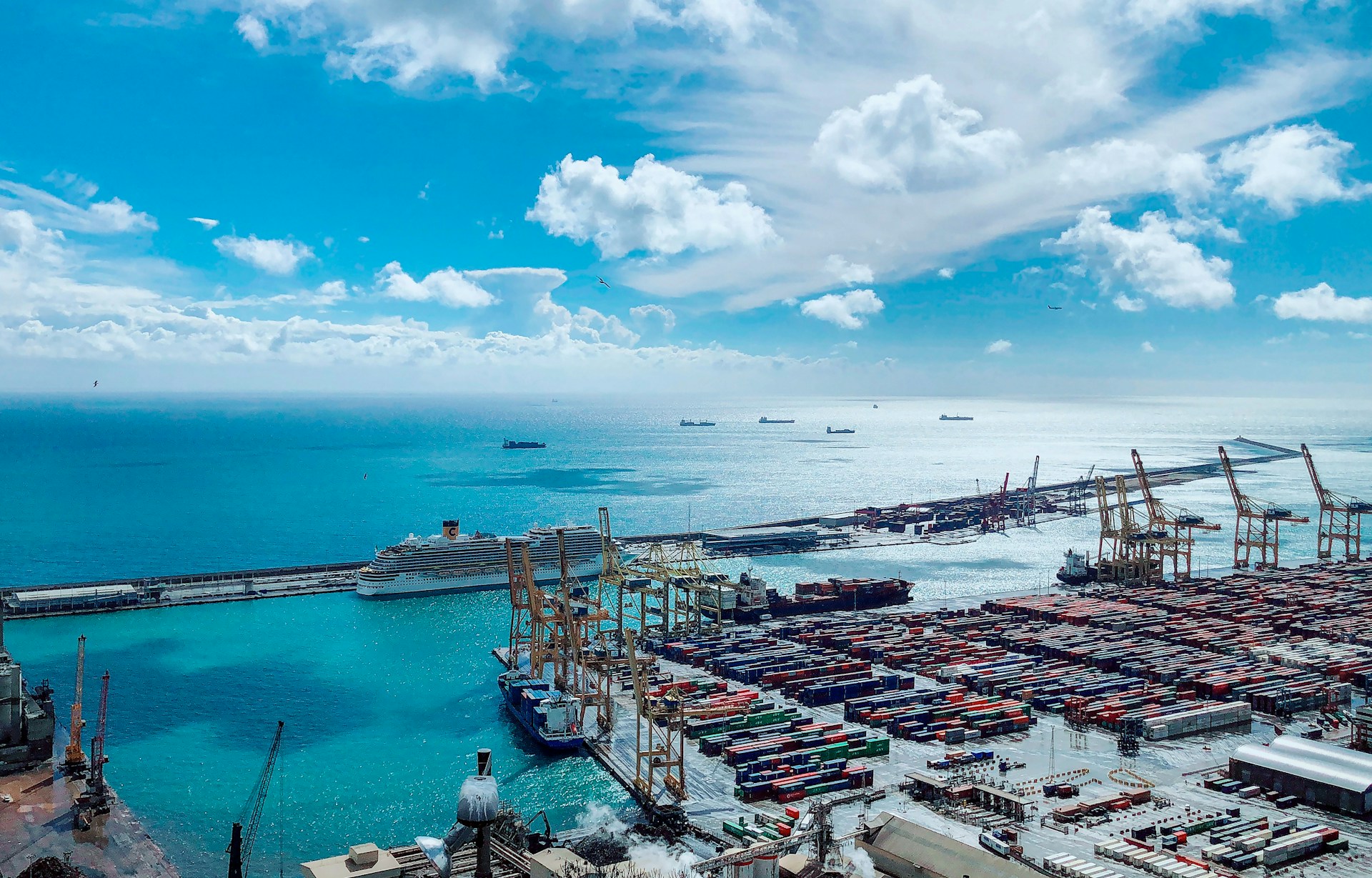Container Market Faces Long-Term Oversupply Challenges

The container shipping industry is expected to wrestle with a prolonged supply-demand imbalance that may persist through the end of the decade, according to a recent report from Asian consultancy Linerlytica.
While the global economy shows signs of slowing, shipyards across Asia continue delivering a surge of new vessels. This trend threatens to erode profitability after several record-breaking years for container lines during the early 2020s.
“[C]ontainership fleet growth will continue to outpace demand growth, with excess supply projected to persist through 2029,” Linerlytica stated in its latest analysis.
Co-founder Hua Joo Tan highlighted that these projections do not factor in the Red Sea disruptions. A return to the shorter Red Sea route from the Cape of Good Hope would effectively boost vessel availability by an additional 7%, potentially deepening the oversupply issue.
Tan added that the overordering of ships is expected to bring “significant oversupply in 2027 and 2028,” even after assuming vessel scrapping rates of more than 600,000 TEU annually.
Meanwhile, the International Monetary Fund (IMF) released its July 2025 World Economic Outlook update, forecasting global trade to expand by 3.5% in 2025—an upward revision—before slowing sharply to 1.9% in 2026 as front-loaded cargo demand subsides.
Sea-Intelligence analysts, reflecting on the IMF report, warned of a potential “whiplash” effect, where current demand appears inflated and disconnected from actual economic fundamentals. A significant correction could follow.
Looking at the remainder of 2025, the container shipping industry is bracing for a tough period. Demand remains tepid, excess vessel capacity continues to grow, and evolving trade policies are creating instability. Ocean Network Express (ONE), Japan’s major liner company, recently revised its full-year projections downward—others may soon do the same.
Market sentiment is already mirrored in freight rates. The Shanghai Containerized Freight Index (SCFI) has declined for eight straight weeks, as carriers’ August rate hikes failed to gain traction amid market oversupply.
ONE, currently ranked sixth among global liners, reported its Q1 results last week, cutting its full-year forecast by $400 million. CEO Jeremy Nixon pointed to “continued geopolitical uncertainties and evolving market conditions in key economies” as ongoing challenges.
Sea-Intelligence reported that June’s brief rate rebound has already faded, and there may be no noticeable peak shipping season this year. Under pessimistic assumptions, August cargo volumes could fall by as much as 26% year-on-year, leading to more cancelled sailings and further pressure on freight rates.
Even if a late surge occurs in September—driven by U.S. importers trying to beat Golden Week shutdowns in China—analysts believe it would be short-lived. As Sea-Intelligence put it: “We may see another spike in rates like June, followed by another steep drop.”